#Jacques Paul
Explore tagged Tumblr posts
Text




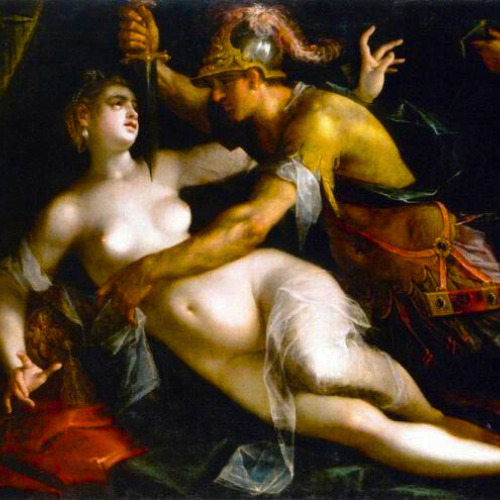






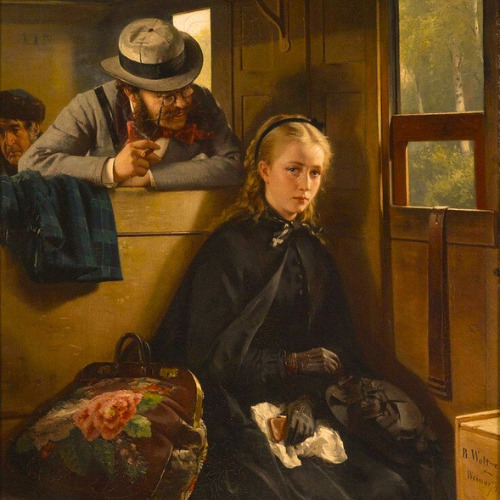


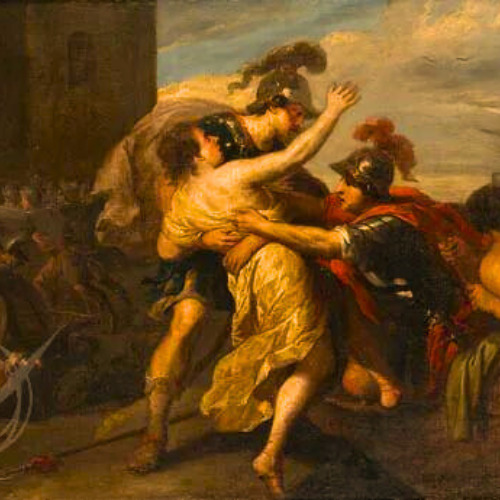


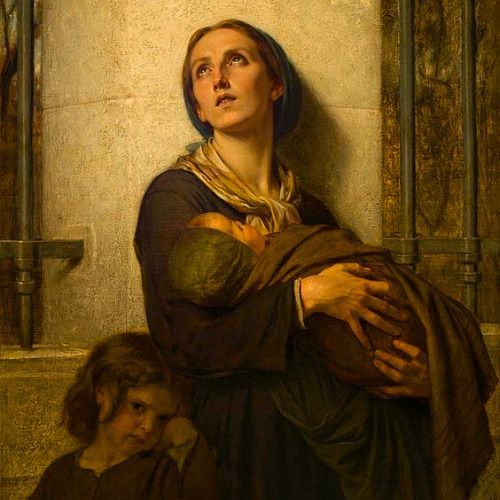
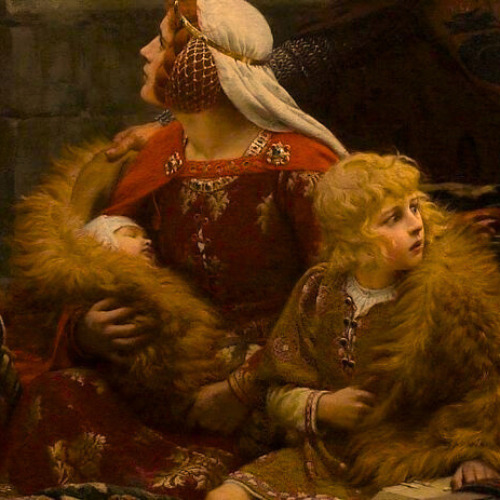


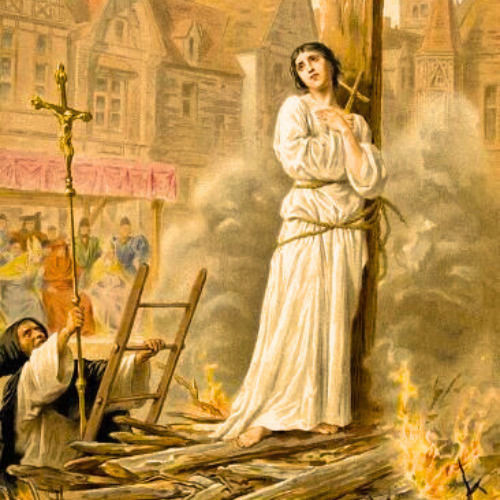
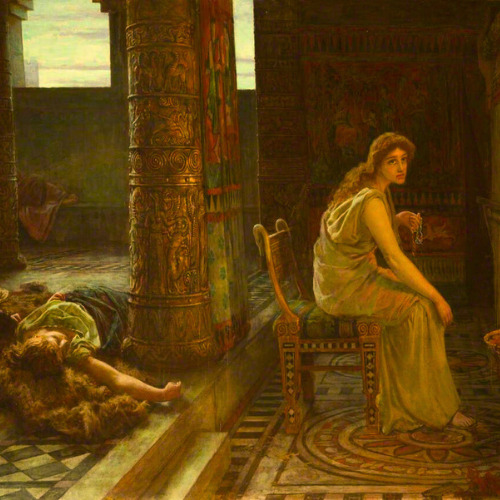
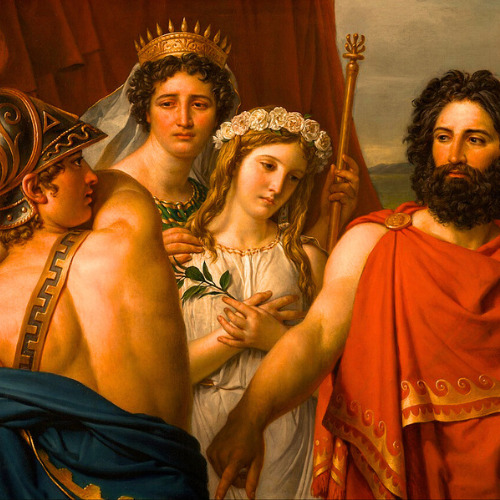


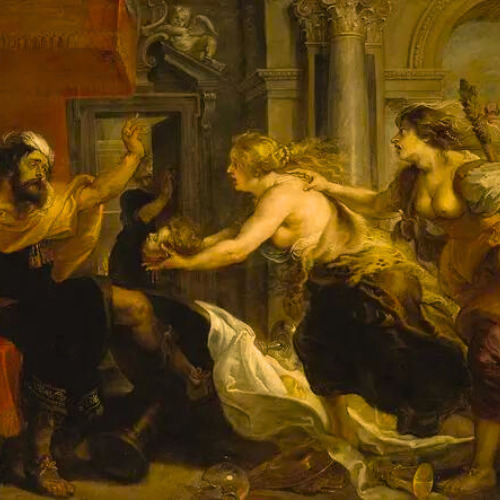
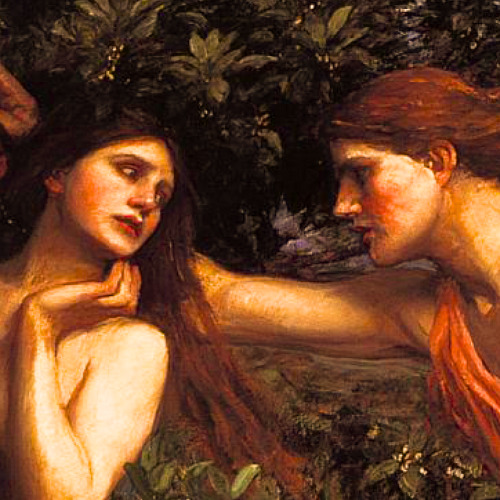
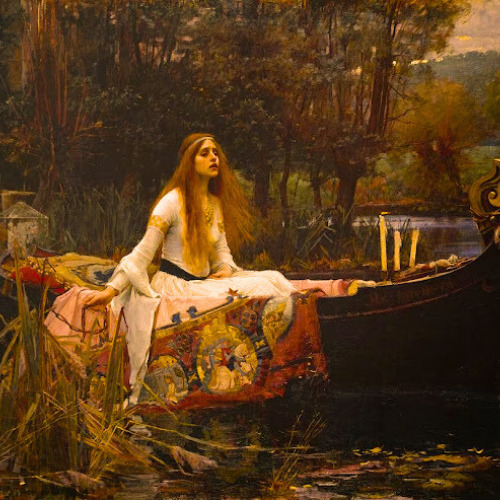
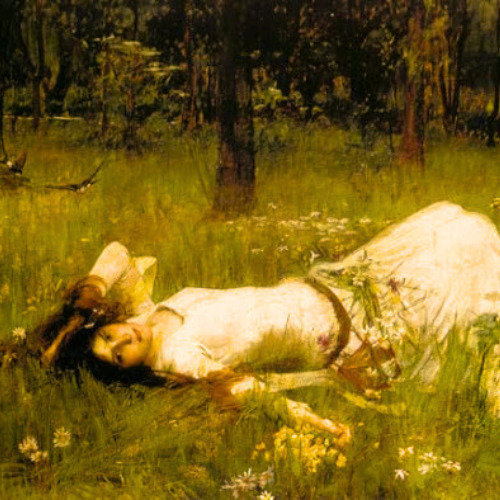
who tends the orchards? who fixes up the gables? emotional torture from the head of your high table who fetches the water from the rocky mountain spring? and walk back down again to feel your words and their sharp sting and i'm getting fucking tired the capillaries in my eyes are bursting if our love died, would that be the worst thing? for somebody I thought was my saviour you sure make me do a whole lot of labour the calloused skin on my hands is cracking if our love ended, would that be a bad thing? and the silence haunts our bed chamber you make me do too much labour
#artist is hughes merele#artist is john everett millais#artist is karl bryullov#artist is harold piffard#artist is hans von aachen#artist is paul delaroche#artist is vassili vladimirovich pukiryov#-artist is joh everett millais#artist is frank francis dicksee#artist is konstantin flavitsky#artist is berthold woltze#artist is andrea appiani#artist is hans von aachen-#artist is unknown#artist is carl hepfer#artist is gabriel cornelius ritter von max#-artist is hughes merele#artist is edmund blair leighton#--artist is hughes merle#artist is octave tassaert#-artist is unknown#artist is -unknown#artist is jacques louis david#artist is giovanni battista tiepolo#not sure#artist is pedro pablo rubens#artist is everett beek#-artist is john william waterhouse#---artist is john william waterhouse#old art
437 notes
·
View notes
Text
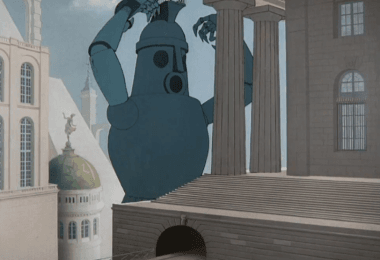
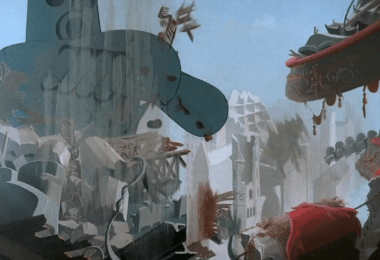
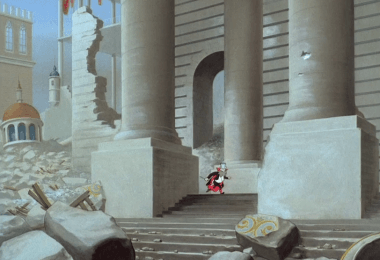
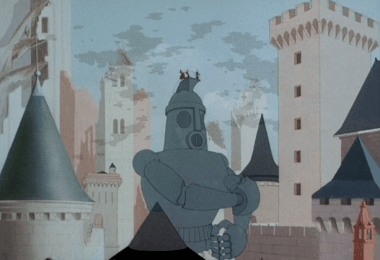




The King and the Mockingbird (1980)
#the king and the mockingbird gif#le roi et l'oiseau#paul grimault#jacques prévert#french animation#french movies#giant robot#80s movies#50s movies#1952#1980#gif#chronoscaph gif
1K notes
·
View notes
Text
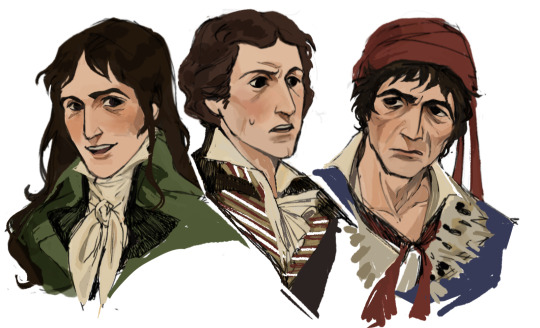
three very opinionated guys. ugh I have drawn our mother Marat so much that i can't even draw twinks these days
#I have to practice coloring because i always manage to make it look very grey#art is hard but I'll get there#töherryksiä ynnä muuta#jean paul marat#camille desmoulins#jacques pierre brissot#frev#what a month!!... haven't had time to draw#ill have time to fix my sleeping schedule anoyher time
295 notes
·
View notes
Text


forgot to post those here
(Thinking about doing a little comic about a silly little love story between Jacques Roux and Widow Hebert let me see if I can find enough material or just invent enough bull shit
#Marat#jean paul marat#saint just#Jacques Roux#character design#because no portrait for poor farmer priest boy#Art#my art#doodle#frev#french revolution
200 notes
·
View notes
Text

The Assassination of Tsar Paul I of Russia in 1801 by Jacques Kuyper
#jacques kuyper#art#tsar#emperor#paul i of russia#russia#russian#assassination#history#napoleonic#europe#european#romanov#royalty#nobility#monarchy#assassins#conspiracy#conspirators#napoleonic era
167 notes
·
View notes
Text
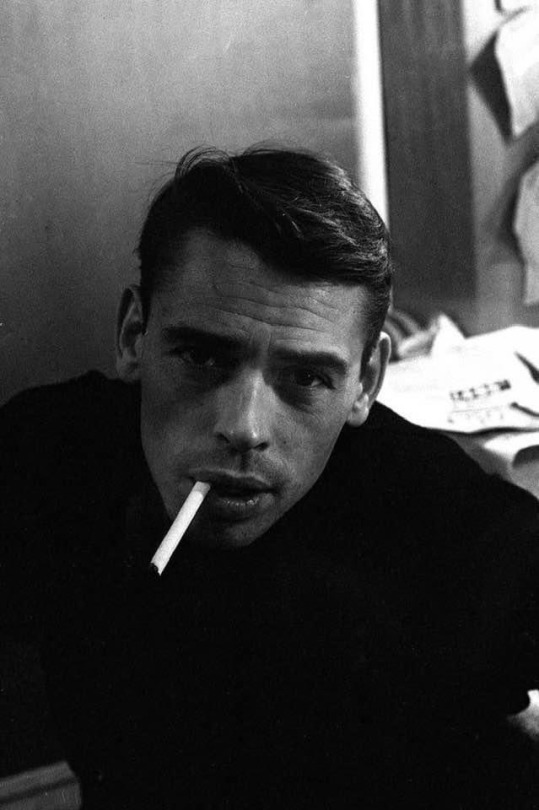
Jacques Brel, 1964 by Paul de Cordon
582 notes
·
View notes
Text





L'Étrangleur (1970) // dir. Paul Vecchiali
257 notes
·
View notes
Text

Marat, Danton and Robespierre in a fragment of "Panorama de l'Histoire du siècle 1788-1889" (1889) by Alfred Stevens and Henri Gervex, Town Hall of Saint-Gilles, Belgium.
The woman on the stairs is Charlotte Corday, this particular fragment is indeed titled "Fragment du Panorama du Siècle (années 1790-1793)". Charlotte Corday et Jean-Paul Marat.
The two people behind the trio are François Barthélémy (left) and Jacques-Nicolas Billaud-Varenne (right).
References for the characters' names from Stevens, Gervex, Reinach "L'Histoire du Siècle", p. 36-37.
#frev#french revolution#marat#jean paul marat#danton#georges danton#robespierre#maximilien robespierre#charlotte corday#frev art#art#billaud#billaud varenne#françois barthelemy#jacques nicolas billaud varenne
102 notes
·
View notes
Text







jacques perrin in l'étrangleur (1970)
#jacques perrin#movieedit#filmedit#filmgifs#moviegifs#dailyflicks#fyeahmovies#dailyworldcinema#usermichi#movie edit#film edit#movies#film#1970s#french film#paul vecchiali#1970s film#mine
356 notes
·
View notes
Text
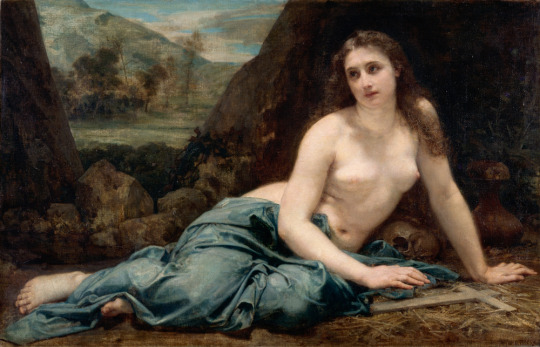
Penitent Magdalene by Paul-Jacques-Aimé Baudry (1858)
#paul baudry#art#paintings#fine art#19th century#19th century art#academicism#academism#academic art#painting#french art#french artist#religion#religious art#mary magdalene#paul-jacques-aime baudry#classic art
1K notes
·
View notes
Text

168 notes
·
View notes
Text









"Gonna hold ya, gonna kiss ya in my arms, gonna take ya away from harm, gonna hold ya, gonna kiss ya in my arms, gonna take ya away from harm."
#artist is jacques louis david#artist is richard westall#artist is max ginsburg#artist is anne louis girodet#artist is cristobal rojas#artist is paul drouot#artist is jean broc#cant find artist#artist is benjamin vautier#art history#art#arthistoryedit#ok im emotional this week so we all get depressing art
254 notes
·
View notes
Text
Japanese Insired Coats of the 1910s

Maison Amy Linker • Paris
A coat with a silhouette like an outer robe for kimono was described as a “manteau japonais” by fashion magazines of the time, and the silhouette of this particular coat is reminiscent of the “uchikake” robe worn by kabuki actors or oiran courtesans in ukiyoe prints. The boldly striped collar is probably inspired by the “date-eri” collar style used in kabuki costume. The flower-like motifs executed in embroidered beads look like the traditional “hanakatsumi” motif that became popular in late Edo-period Japan when favored by kabuki actors. In contrast, the motifs on the bordered panel on the back resemble motifs used around the Mediterranean in ancient times, and could reasonably be called palmettes. This coat is an excellent example of oriental-style wear packed with eclectic elements that were fashionable early in the 1910s. Maison Amy Linker opened in Paris in 1900, specializing particularly in coats and suits. Its latest products were frequently seen in French fashion magazines early in the 20th century. The house is perhaps best known for introducing sporty fashions in the 1920s.
Many of the era's most prominent designers created manteau Japonais. Below are a few more examples of Japanese inspired cocoon coats of the era.


Two Paul Poiret Japonaise manteau

Jean-Philippe Worth • c. 1910


Right: Jaques Ducet embellished house coat
Left: Mariano Fortuny kimono coat • 1910s

Evening coat • French • c. 1912
#fashion history#women's fashion history#1910s fashion#edwardian fashion#cocoon coat#vintage designer fashion#jacques ducet#mariano fortuny y madrazo#house of worth#amy linker#paul poiret#paris fashion of 1910s#the resplendent outfit blog#fashion blogs on tumblr
55 notes
·
View notes
Text



Marat pics from Louvre and Carnavalet :3
101 notes
·
View notes
Text

CHARADE 1963
Of course, you won't be able to lie on your back for a while, but then you can lie from any position, can't you?
#charade#1963#cary grant#audrey hepburn#walter matthau#james coburn#george kennedy#dominique minot#ned glass#jacques marin#paul bonifas
54 notes
·
View notes
Photo
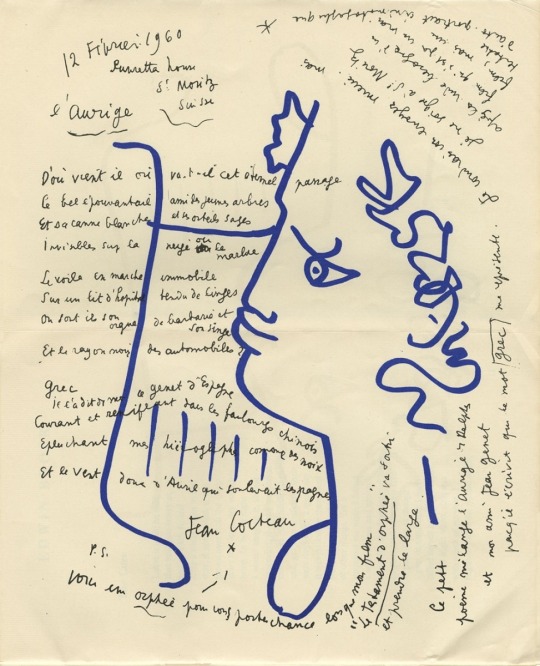
Cocteau's 'The Cartwheel', Genet's enigmatic 'Arrival of the Birds,' converge in L'Aurige: a visual symphony marrying surrealism and symbolism. ✨
#louis aragon#installation#arts#jean cocteau#andré breton#collaboration#contemporary#marcel duchamp#surreal#acrylic on canvas#jacques prévert#paul eluard
93 notes
·
View notes